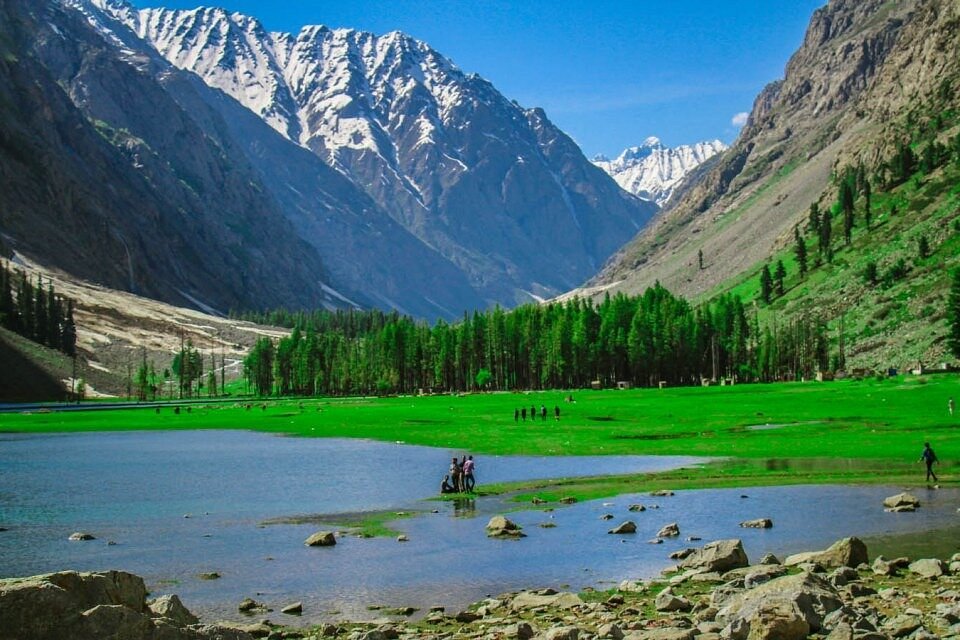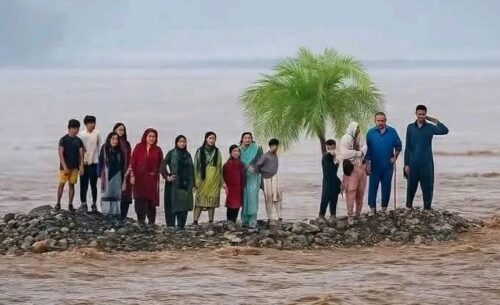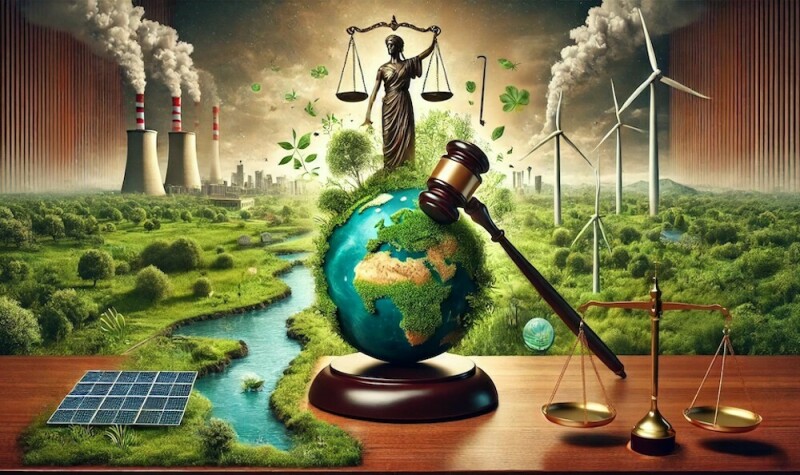Climate Change
Swat: Where the Journey Fades Before It Begins

The valley of Swat is often hailed as the crown jewel of Pakistan tourism — snow-capped mountains, lush green meadows, crystal-clear rivers. But beneath its scenic charm lies a darker reality — a failure of governance, infrastructure collapse, and deadly negligence.
A recent tragedy exposed this bitter truth. A family from Sialkot was swept away by the roaring Swat River, while helpless onlookers waited for help that never came. For two agonizing hours, no rescue operation was launched. No boat. No helicopter. Nothing.
The haunting image of that innocent family – the panic, the cries, the desperate stares at the sky – remains etched in memory. This wasn’t just an accident; it was a damning reminder of how little human life is valued in our system.
If the Kalam road, damaged in the 2022 floods, has not been repaired in over three years, how can we expect the government to save lives within minutes? The lack of emergency services, early warning systems, and disaster management plans in one of Pakistan’s busiest tourist regions is beyond shameful.

A Trip That Ended Before It Began
This year, I set out to visit Gilgit-Baltistan — a dream long held. But upon arriving in Islamabad, I learned that the bridge to Naran had been closed for “maintenance” — during peak tourism season. Why wasn’t this work done before the holidays began?
Frustrated, I turned to Swat, hoping for a better experience. But even there, challenges continued. The Swat Motorway was well-maintained, but prices were not. The Malam Jabba chairlift, once Rs 1,500, now costs Rs 2,000 per person, pricing out middle-class families. With no alternative entertainment, tourists have no option but to pay.
Tourism Without Planning Is A Risk
On the route to Kalam, the road is broken, narrow, and dangerous. There are no proper tourist signs, mobile signals, or rescue points. For a country aiming to boost its economy through tourism growth, this is both foolish and tragic.
The impact of climate change in Pakistan has worsened natural disasters — but the lack of planning amplifies every crisis. From flood damage to infrastructure failure, tourists are left to fend for themselves.
A Bitter Truth
The question that keeps returning is simple:
Who is responsible for tourist safety?
Until governments invest in climate-resilient infrastructure, enforce safety standards, and treat tourism as more than a revenue stream, tragedies like Swat’s drowning family will continue.
We must stop waiting for disasters to act. Because next time, it could be us.
Inna lillahi wa inna ilayhi raji’un.
(To Allah we belong, and to Him we return.)
Climate Change
Climate Warning: A Call to Action for a Heating Planet

As the climate continues to warm at an alarming rate due to climate change and global warming, climate warnings from scientists, environmental groups, and international organizations grow louder and more urgent. These environmental warnings are not distant predictions—they are present-day realities manifesting in extreme weather, rising sea levels, and shrinking biodiversity. The time for climate awareness has passed; we are now in an era that demands immediate and meaningful action to combat the escalating climate crisis.
What Is a Climate Warning?
A climate warning is a scientific alert about the increasing instability of Earth’s climate system due to human activity—mainly the emission of greenhouse gases such as carbon dioxide (CO₂) and methane. These warnings are based on decades of research and are issued by credible institutions like the IPCC (Intergovernmental Panel on Climate Change), NASA, and the UN.

Signs the Planet Is Heating Up
The evidence of climate change is all around us:
- Record-breaking temperatures: Each of the last eight years has ranked among the hottest in recorded history.
- Melting glaciers & polar ice: Ice sheets in Antarctica and Greenland are melting at unprecedented rates.
- Extreme weather: More frequent hurricanes, floods, heatwaves, and wildfires are becoming the norm.
- Rising sea levels: Coastal cities are at growing risk of flooding due to thermal expansion and melting ice.
- Ecosystem disruption: Coral reefs are bleaching, forests are burning, and species are migrating or vanishing.
Why Climate Warnings Matter
Ignoring these warnings means accepting:
- Food and water insecurity
- More deadly natural disasters
- Mass climate migration
- Economic collapse in vulnerable regions
- Increased conflict over resources
These are not hypothetical dangers—they are already beginning to unfold in parts of Africa, South Asia, and island nations
What Can We Do?
While the scale of the problem is vast, so is the potential for impact. Here’s what individuals, communities, and governments can do:
Individuals:
- Reduce energy use and opt for renewable energy
- Use public transport, bike, or walk
- Eat more plant-based meals
- Support sustainable brands and policies
Communities:
- Promote tree planting and local sustainability projects
- Educate others on climate action
- Support local clean energy initiatives
Governments:
- Transition from fossil fuels to renewable energy
- Enforce emissions regulations
- Invest in green infrastructure and climate resilience
- Uphold international climate agreements like the Paris Agreement
Final Thought
The climate is not waiting—and neither should we. The warnings are clear. The science is solid. The solutions exist. What matters now is what we choose to do next.
-

 Pakistan8 years ago
Pakistan8 years agoThese ’90s fashion trends are making a comeback in 2017
-

 Pakistan8 years ago
Pakistan8 years agoThe 9 worst mistakes you can ever make at work
-

 Pakistan8 years ago
Pakistan8 years ago3 Ways to make your business presentation more relatable
-

 Pakistan8 years ago
Pakistan8 years agoZaeem Raza first blog
-

 Pakistan8 years ago
Pakistan8 years agoAccording to Dior Couture, this taboo fashion accessory is back
-
Pakistan7 months ago
Hello world!
-

 Pakistan8 years ago
Pakistan8 years agoThe old and New Edition cast comes together to perform
-

 Pakistan8 years ago
Pakistan8 years agoDisney’s live-action Aladdin finally finds its stars


